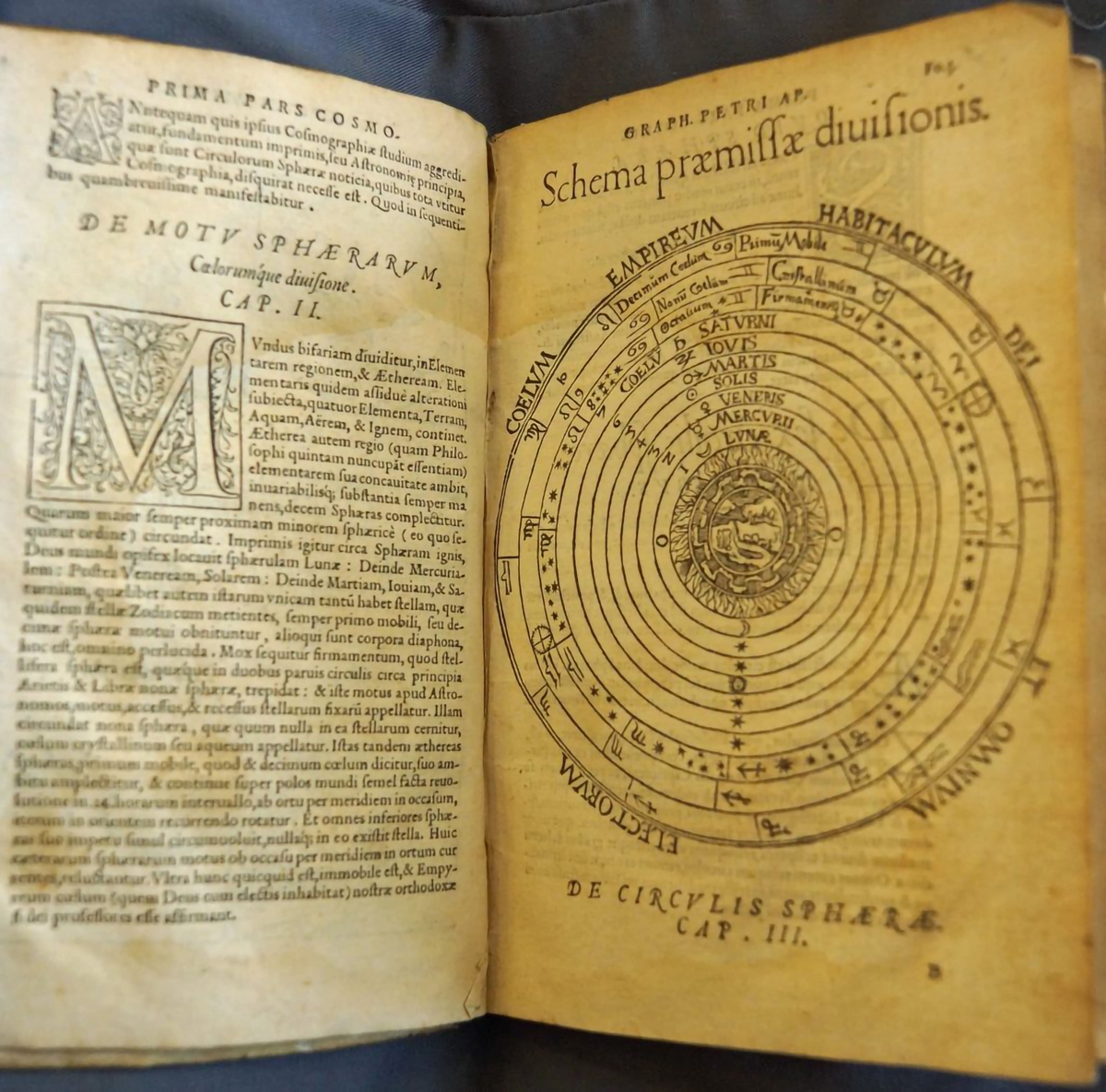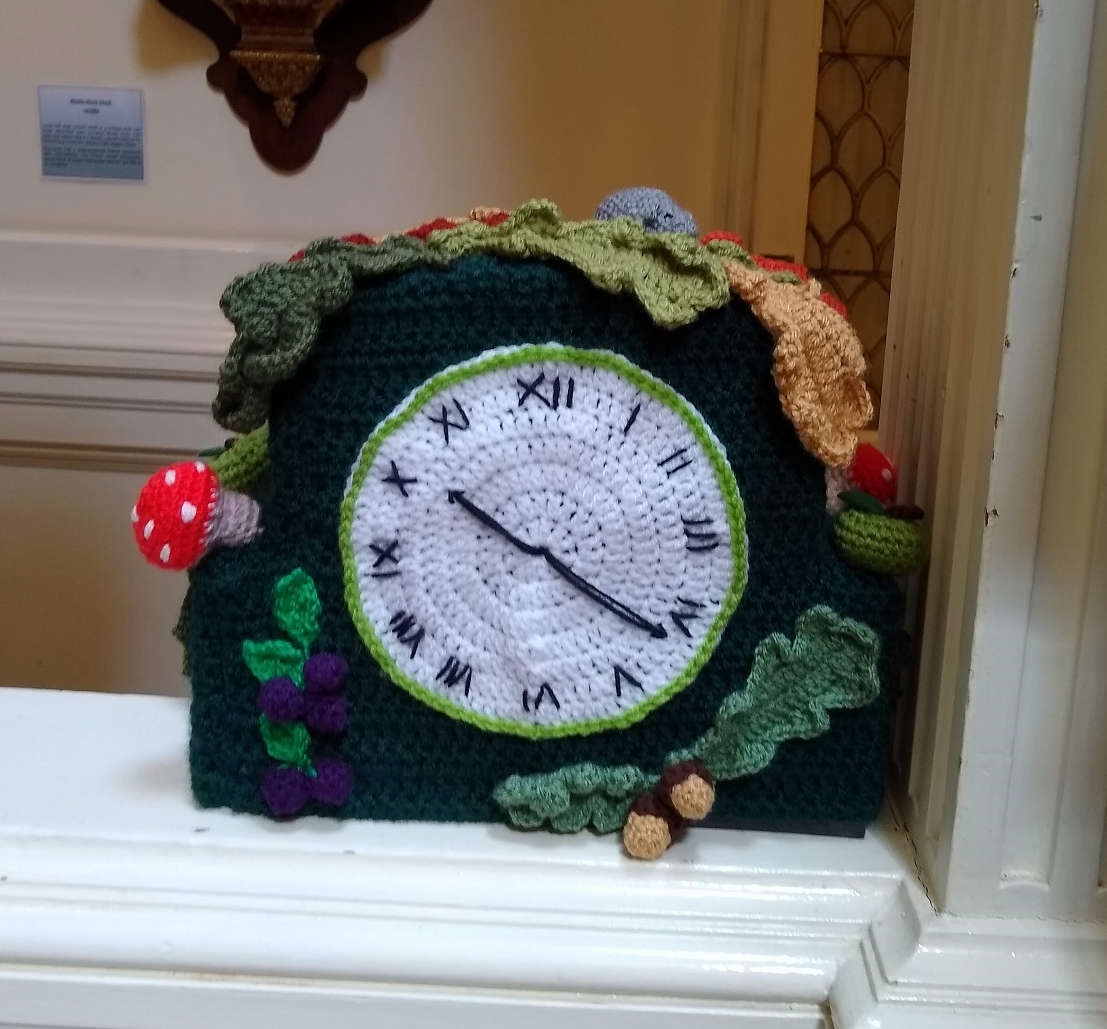


Hickory Dickory Dock, the mouse ran up the clock. There was a mouse to be found in every room at the British Horological Institute’s Museum of Timekeeping to catch the interest of children during a visit there. The history of time keeping is fascinating, including a huge variety of clocks and time keeping machinery. One short trip with the French Twinning visitors was not long enough to explore all the exhibits or appreciate the skill involved in creating some of the time pieces. I was totally unaware of the influence of the clock makers in Leicestershire and intend to go again to the institute to learn more about their activities as well as learning more about the newer methods of time keeping. You can also learn clock and watchmaking and repair skills at this highly respected and accredited institute and museum near Newark.
Spread over two floors, the museum is home to about 10,000 clocks, watches and other kinds of time pieces; tools, instruments and photographs. Its archives contain almost 6,000 valuable documents and its library has about 5,000 books. Time keeping predates the mechanical and digital clocks and watches which we know today.
On the ground floor are sundials, sand glasses, water clocks and astrolabes. You can find examples of clocking-in machines (some of us remember those at work!), Magneta clocks and the earth driven clock. The British Speaking clocks are all in working order and you can hear various voices declaring “At the third stroke, the time will be …”. Explore the contributions of women, science and warfare to the development of watches in the Watch Gallery with some interactive panels.
As you move up to the first floor, you’ll find how the longcase clock developed from monastic clocks to regulators and became decorative, elaborate and mesmerising with chimes and rings every hour. There are notable examples of turret clock movements and an array of outstanding British, European and American wall clocks.
Our guide drew our attention to one particular ‘clock’ which had been created by a crochet group. He was highly delighted with the speed with which that clock had been made.
The museum is housed in Upton Hall, Upton near Newark. You can find out more by looking at their website: https://www.museumoftimekeeping.org.uk/ or you can phone on 01636 817601 or email them at info@museumoftimekeeping.org.uk
They’re open for group tours all year round, but if you want to go individually, it’s usually Fridays between 11am-3pm from March to October (check exact dates before you go).
You could include a visit to Southwell during your day out; the minster is beautiful in its own right but should be even better when decorated for Christmas. The ironmonger’s shop is always worth a visit, the sort of shop that has almost anything that you could need; I have yet to come away from there without something useful.
Tilly Yates
 |
 |